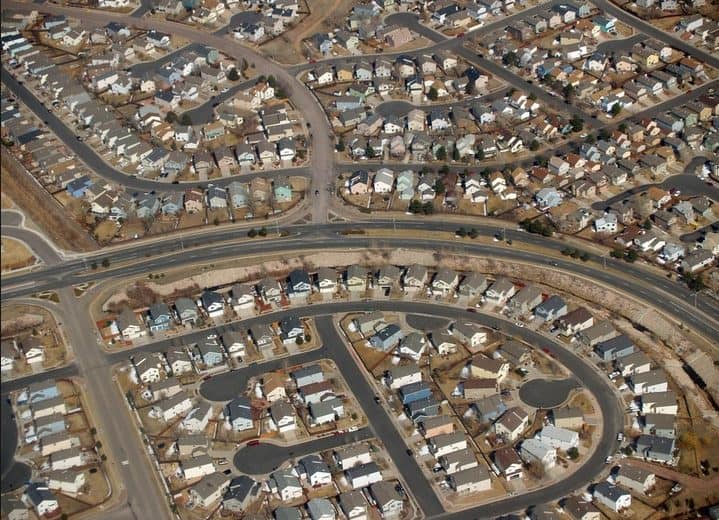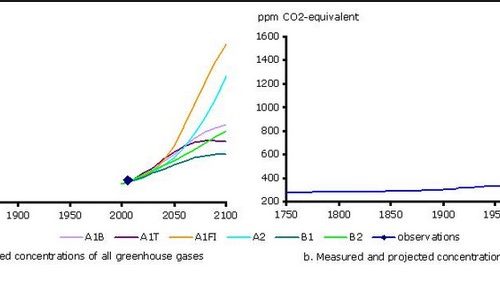
The most vulnerable populations to the impacts of climate change will be those already under pressure from social, economic and existing climate stresses. These will include those in developing countries, in the lower income groups, residents of coastal lowlands and islands, populations in semi-arid grasslands, and the urban poor (Tickell, 1989). Increased exposure to natural hazards, such as coastal or river flooding, drought, landslides, storms and hurricanes, will prove detrimental to those most at risk. In the industrialised world many of the largest cities are situated in low-lying regions, and rises in sea level will threaten large land areas of immense economic wealth.
Major health impacts can be expected as changes in precipitation and temperature will affect the patterns of vector-borne and viral diseases. Incidences of malaria, for example, could spread to higher latitudes outside pre-existing tropical bounds (Martens et al., 1995). Such impacts could initiate large migrations of people, causing substantial disruptions of settlement patterns and social instability.




Leave a Reply